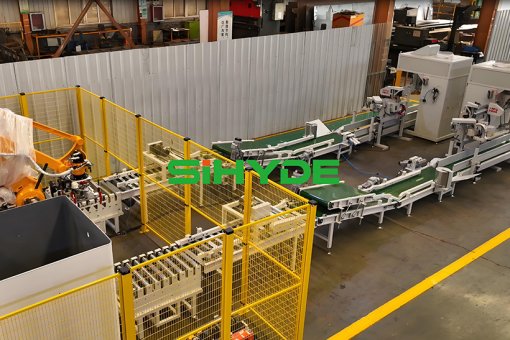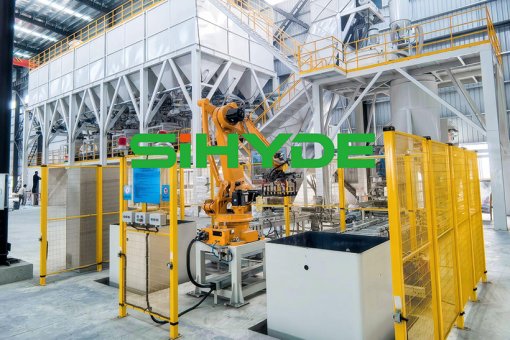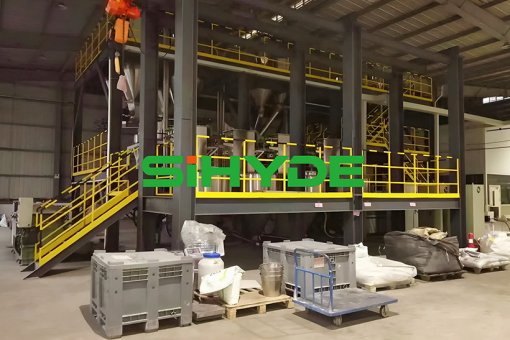What are the automatic batching modes for refractory materials and powders?
Static batching and dynamic batching in the automatic batching system refer to the different material states and operation modes of the system during the batching process.
Static batching: Static batching usually refers to the process in which the material is in a stationary state, and the system uses various sensors and actuators to accurately weigh and distribute the material. In static batching, the material is usually measured and mixed in a batching bin or a special metering container, and then the material is conveyed to the next step of the production process. This batching method is suitable for powdered, granular or stable density materials, which can ensure batching accuracy and is suitable for occasions with high batching accuracy requirements.
Dynamic batching: Dynamic batching refers to the material being in motion during the batching process, such as continuous batching on a conveyor belt. The dynamic batching system usually requires precise control of the material flow rate to ensure a stable batching ratio. This batching method is suitable for occasions that require continuous production or high material fluidity requirements. Dynamic batching can improve production efficiency, but it may be more complicated to control than static batching, requiring precise flow control technology and equipment.

In actual applications, the automatic batching system may contain elements of both static and dynamic batching, and adopt the most appropriate batching method according to different production requirements and material characteristics. For example, some batching systems with a high degree of automation may use high-precision weighing equipment in the static batching link and flow control technology in the dynamic batching link to achieve efficient and precise control of the entire production process.





